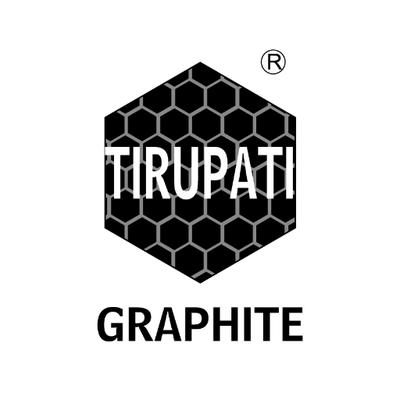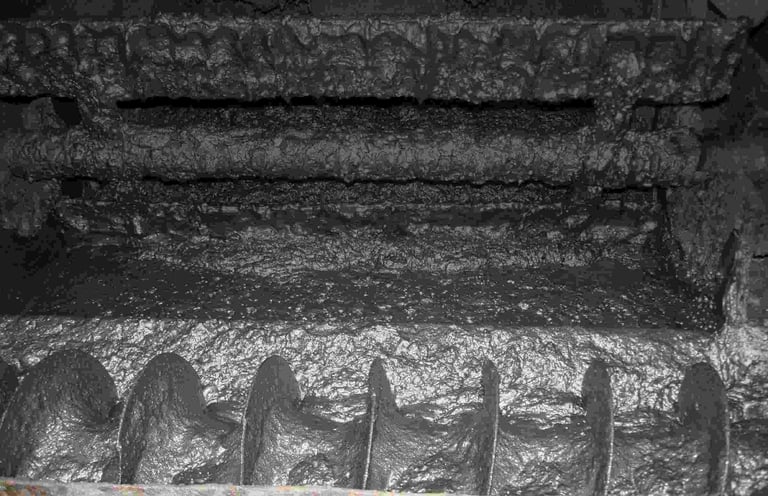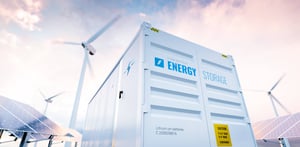A quiet revolution is unfolding in Cabo Delgado. Mozambique is emerging not just as a global graphite powerhouse but as the launchpad for a select group of companies reshaping the energy-materials landscape. Foremost among them, Tirupati Graphite is executing a precise strategy to rise above the rest.
Mozambique commands global attention—not only is it ranked third for graphite production, it boasts one of the world’s largest undeveloped deposits at Montepuez, with 119.6 million tonnes of JORC-compliant resource capable of delivering 100,000 tonnes per annum of production capacity. Those reserves are rapidly transforming Mozambique into a cornerstone of the global graphite supply chain, especially as larger projects like Balama come under pressure from geopolitical and market volatility.
At the centre of this transformation is Tirupati Graphite. Since acquiring Montepuez from Suni Resources in 2023, the company has moved with strategic urgency, integrating the asset alongside its productive Madagascan mines and downstream processing hubs in India. Montepuez is being advanced in two phases, each targeting 50,000 tonnes per annum, with the goal of becoming one of the largest graphite producers outside of China.
Tirupati’s rise comes at a pivotal moment. Demand for graphite is projected to surge over the coming decades, driven by the exponential growth of electric vehicles and energy storage technologies. By 2050, the global market is expected to multiply fivefold, with natural flake graphite at the heart of lithium-ion battery anodes. Mozambique, rich in reserves and positioned logistically for global export, is fast becoming a critical source of this vital mineral.
The company’s strategy is notably distinct. Tirupati is not just a miner, it’s a fully integrated operation spanning extraction, processing and technology. Its Indian facilities are equipped for purification and micronisation of flake graphite, and further R&D into graphene applications, enabling value-added opportunities that most peers cannot yet access. This downstream leverage is key to insulating the business from raw commodity cycles and expanding its margins.
Operationally, the company is scaling efficiently. Production across its Madagascan mines has grown more than 160 per cent in recent quarters, and early-stage planning at Montepuez indicates the site could rapidly reach its target output once funding and infrastructure are fully aligned. Tirupati is positioning itself not just as a graphite supplier, but as a reliable partner in the broader clean technology supply chain.
Investors are taking notice. With Montepuez’s 119.6 million tonnes in reserves and potential to reach 100,000 tonnes annual output, Tirupati stands out among emerging producers. The scale and quality of the project, combined with its integrated business model and geographic diversification across East Africa and South Asia, create a compelling growth proposition.
The future of graphite is increasingly African, and Tirupati Graphite is poised to lead that charge. Its blend of strong resource fundamentals, vertical integration, and strategic vision make it a standout candidate in the rapidly evolving battery metals sector.
Tirupati Graphite PLC (LON:TGR) is a fully integrated specialist graphite and graphene producer, with operations in Madagascar and Mozambique. The Company is delivering on this strategy by being fully integrated from mine to graphene. Its global multi-location operations include primary mining and processing in Madagascar, hi-tech graphite processing in India to produce specialty graphite, and a state-of-art graphene and technology R&D center to be established in India.




































